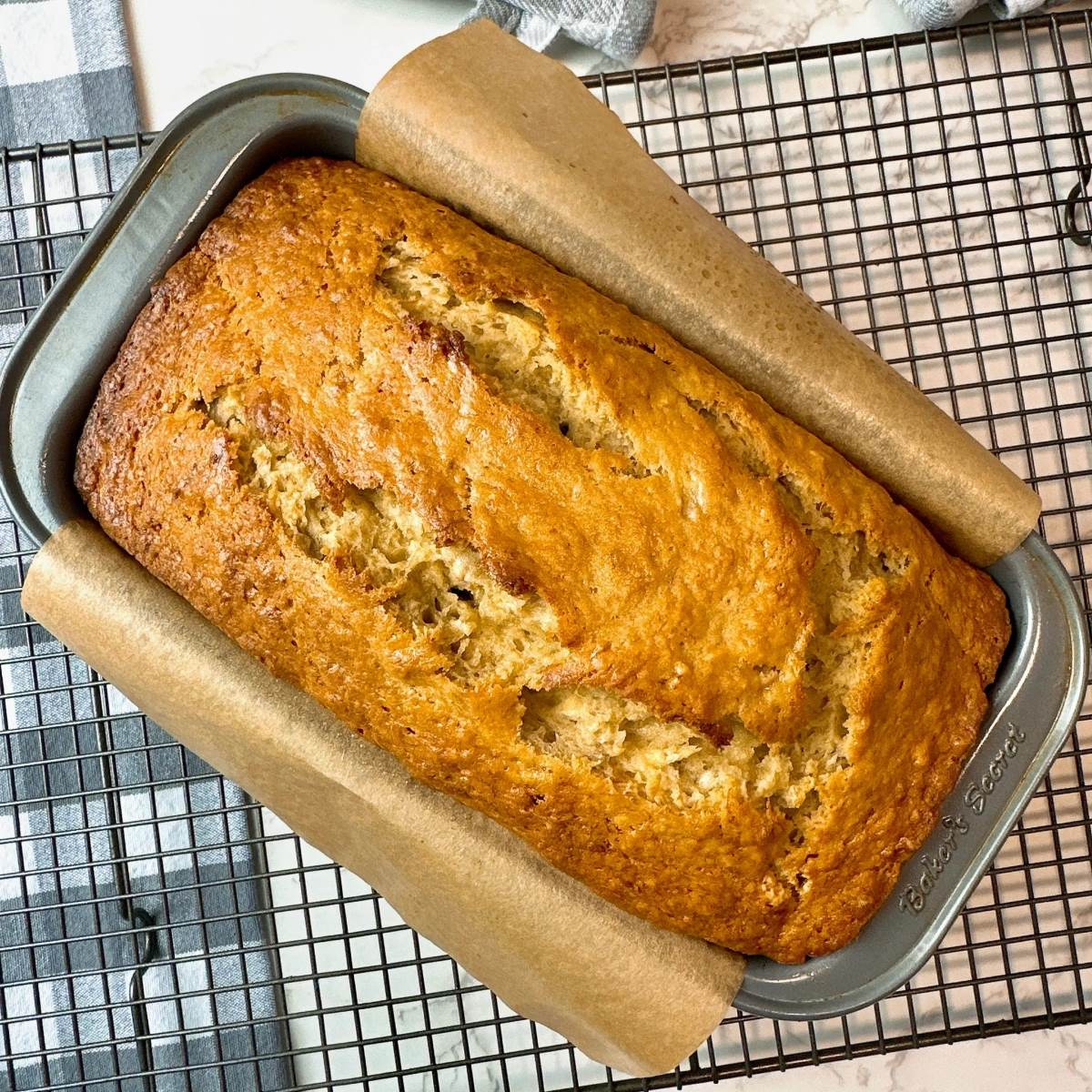

Articles
How To Store Banana Bread After Baking
Modified: October 19, 2024
Learn effective methods for storing your freshly baked banana bread. Read our helpful articles to ensure your bread stays fresh and tasty for longer.
(Many of the links in this article redirect to a specific reviewed product. Your purchase of these products through affiliate links helps to generate commission for Storables.com, at no extra cost. Learn more)
Introduction
There’s nothing quite like the aroma of freshly baked banana bread wafting through your home. The combination of ripe bananas, warm spices, and tender crumb makes it a beloved treat for many. But once you’ve baked your delicious banana bread, how do you keep it fresh and flavorful for as long as possible? Proper storage is key.
Properly storing banana bread not only helps maintain its moisture and texture, but it also prevents it from going stale or developing off flavors. Whether you plan to enjoy it over the next few days or want to save it for later, follow these tips to ensure your banana bread stays delicious.
Key Takeaways:
- Properly storing banana bread is crucial for maintaining its freshness, flavor, and texture. Follow these tips to prevent staleness, mold growth, and flavor loss, allowing for longer enjoyment of your delicious creation.
- Whether storing at room temperature, in the refrigerator, or freezer, proper techniques ensure your banana bread stays fresh and moist. From wrapping to thawing, these steps preserve the delightful flavors and textures of your homemade treat.
Read more: How To Store Cornbread After Baking
Why is it important to store banana bread properly?
Properly storing banana bread is essential to maintain its freshness, flavor, and texture. Here are a few reasons why it’s important to store banana bread properly:
- Prolongs freshness: Banana bread contains moisture, which makes it vulnerable to drying out. Storing it properly helps to retain the moisture and keeps the bread soft and flavorful for a longer period.
- Prevents staleness: When exposed to air, banana bread can become stale and lose its delightful taste and texture. Proper storage prevents air exposure, preserving the freshness of the bread.
- Avoids mold growth: Mold can quickly develop on improperly stored banana bread, especially in humid environments. By storing it correctly, you can reduce the risk of mold growth and ensure the bread remains safe to consume.
- Retains flavor: Banana bread develops its best flavor when the ingredients have time to meld together. Proper storage helps to maintain the flavors and allows them to develop further, resulting in a more flavorful and enjoyable eating experience.
- Allows for longer enjoyment: If you’ve baked a large batch of banana bread or want to save some for later, proper storage helps to extend its shelf life. This way, you can enjoy your tasty creation over an extended period without worrying about it going bad.
Now that we understand why it’s important to store banana bread properly, let’s explore some tips and techniques to help keep your banana bread fresh and delicious.
Tips for storing banana bread
To ensure your banana bread stays fresh and delightful, here are some tips for proper storage:
- Cool completely: Allow your banana bread to cool completely on a wire rack before storing it. This helps prevent condensation from forming inside the storage container, which can make the bread soggy.
- Wrap it tightly: Once the banana bread has cooled, wrap it tightly in plastic wrap or aluminum foil. This helps to seal in the moisture and prevent air from reaching the bread. Make sure to cover the entire loaf to keep it protected.
- Use airtight containers: If you prefer not to use plastic wrap or foil, you can store the banana bread in an airtight container. Choose a container that fits the loaf snuggly to prevent excess air from entering.
- Store at room temperature: If you plan to consume the banana bread within a few days, it can be stored at room temperature. Place the wrapped loaf or container in a cool, dry area away from direct sunlight and heat sources.
- Avoid the refrigerator: Refrigeration can accelerate the staling process and cause the bread to dry out. It’s generally best to avoid storing banana bread in the refrigerator unless the ambient temperature is very warm.
By following these tips, you can keep your banana bread fresh and delicious for longer periods, allowing you to enjoy it at its best. However, if you need to store banana bread for an extended period or want to save it for another time, there are specific techniques you can use.
Storing banana bread at room temperature
If you plan to consume your banana bread within a few days, storing it at room temperature can be a convenient option. Here’s how to do it:
- Cool completely: Let your banana bread cool completely on a wire rack.
- Wrap it tightly: Once cooled, wrap the banana bread tightly in plastic wrap or aluminum foil. Ensure the entire loaf is covered to prevent any air from reaching it.
- Choose a suitable storage spot: Find a cool, dry area in your kitchen away from direct sunlight and heat sources. Avoid placing it near the stove or on the countertop where it may be exposed to warmth.
- Place it on a plate or in a container: To protect the bread from dust or accidental spills, consider placing it on a plate or inside an airtight container.
- Check for freshness: Periodically check the banana bread for any signs of mold or staleness. If you notice any, discard the affected portion immediately.
By following these steps, your banana bread should stay fresh and moist at room temperature for up to three to four days. However, if you need to store it for longer or prefer a different method, refrigeration can be an option.
Once the banana bread has completely cooled, wrap it tightly in plastic wrap or aluminum foil to keep it fresh. Store it at room temperature for up to 2 days, or in the refrigerator for up to a week.
Storing banana bread in the refrigerator
While storing banana bread at room temperature is ideal for short-term storage, the refrigerator can be a suitable option if you want to extend its shelf life. Here’s how to store banana bread in the refrigerator:
- Cool completely: Allow your banana bread to cool down completely on a wire rack after baking.
- Wrap it tightly: Once cooled, wrap the banana bread tightly in plastic wrap or aluminum foil. Ensure that all sides of the loaf are covered to prevent moisture loss.
- Place in a storage bag or container: If you prefer, you can transfer the wrapped banana bread to a resealable storage bag or airtight container.
- Store in the refrigerator: Find an empty shelf in your refrigerator and place the wrapped banana bread inside. Avoid storing it near foods with strong odors, as the bread can absorb those aromas.
- Check for freshness: Periodically check the banana bread for any signs of mold or staleness. If you notice any, discard the affected portion immediately.
While refrigeration can help extend the shelf life of banana bread, it can also cause the bread to dry out more quickly. Therefore, it’s best to consume the refrigerated banana bread within five to seven days. If you still have leftover banana bread that you don’t plan to consume soon, freezing it is a great option.
Read more: How To Store Scones After Baking
Freezing banana bread
Freezing banana bread is an excellent way to preserve it for an extended period. Follow these steps to freeze your banana bread:
- Cool completely: Allow your banana bread to cool down completely on a wire rack after baking.
- Wrap it tightly: Wrap the cooled banana bread tightly in plastic wrap or aluminum foil. Ensure that the bread is fully covered and sealed to prevent freezer burn.
- Place in a freezer bag: For added protection, place the wrapped banana bread in a freezer-safe bag. Squeeze out any excess air before sealing it.
- Label and date: Use a permanent marker to label the freezer bag with the contents and date of freezing. This will help you keep track of the storage time and make it easier to locate it later on.
- Freeze: Place the bag with the wrapped banana bread in the freezer on a flat surface, making sure it’s not crushed or in a position where it can be easily damaged.
By following these steps, your banana bread can be stored in the freezer for up to three months without compromising its quality. When you’re ready to enjoy your frozen banana bread, it’s important to thaw it properly.
Tips for thawing frozen banana bread
Thawing frozen banana bread properly will help maintain its texture and flavor. Here are a few tips to ensure a successful thawing process:
- Transfer to the refrigerator: Remove the frozen banana bread from the freezer and transfer it to the refrigerator. Place it on a plate or in an airtight container to catch any condensation that may occur during thawing.
- Allow gradual thawing: Let the banana bread thaw slowly in the refrigerator for several hours or overnight. This gradual thawing process helps retain moisture and prevents the bread from becoming soggy.
- Reheat if desired: If you prefer warm banana bread, you can gently reheat slices in a toaster or microwave. Be careful not to overheat, as it can dry out the bread.
- Consume within a few days: Once fully thawed, consume the banana bread within a few days for optimal freshness. If you have any leftovers, you can store them in an airtight container at room temperature for a short period.
Remember, avoid thawing banana bread at room temperature or using the microwave to speed up the process, as it can result in uneven thawing and compromise the texture of the bread.
By following these tips, you can enjoy your frozen banana bread as if it were freshly baked. Whether you’re thawing a whole loaf or individual slices, proper thawing ensures that the moistness and flavors are preserved.
Conclusion
Properly storing banana bread is essential to keep it fresh, moist, and delicious for as long as possible. Whether you plan to enjoy it within a few days or want to save it for later, following the right storage techniques can make a significant difference in preserving its quality.
From wrapping the cooled banana bread tightly with plastic wrap or aluminum foil to storing it in an airtight container, you can choose the method that suits your needs best. Storing banana bread at room temperature is perfect for short-term consumption, while refrigeration can extend its shelf life for a few more days.
If you have leftover banana bread or want to save it for an extended period, freezing is a great option. Ensuring that it’s tightly wrapped and placed in a freezer-safe bag will help prevent freezer burn and maintain its flavor and texture.
When it comes to thawing frozen banana bread, patience is key. Gradual thawing in the refrigerator allows the bread to thaw evenly and retain its moisture. And if you prefer warm banana bread, a gentle reheating can bring back its freshly baked taste.
By following these tips for storing and thawing banana bread, you can ensure that every slice you enjoy is just as delicious as the day it was baked. So, the next time you have ripe bananas just begging to be turned into bread, remember these guidelines to keep your homemade treat fresh and enjoyable for longer.
Frequently Asked Questions about How To Store Banana Bread After Baking
Was this page helpful?
At Storables.com, we guarantee accurate and reliable information. Our content, validated by Expert Board Contributors, is crafted following stringent Editorial Policies. We're committed to providing you with well-researched, expert-backed insights for all your informational needs.
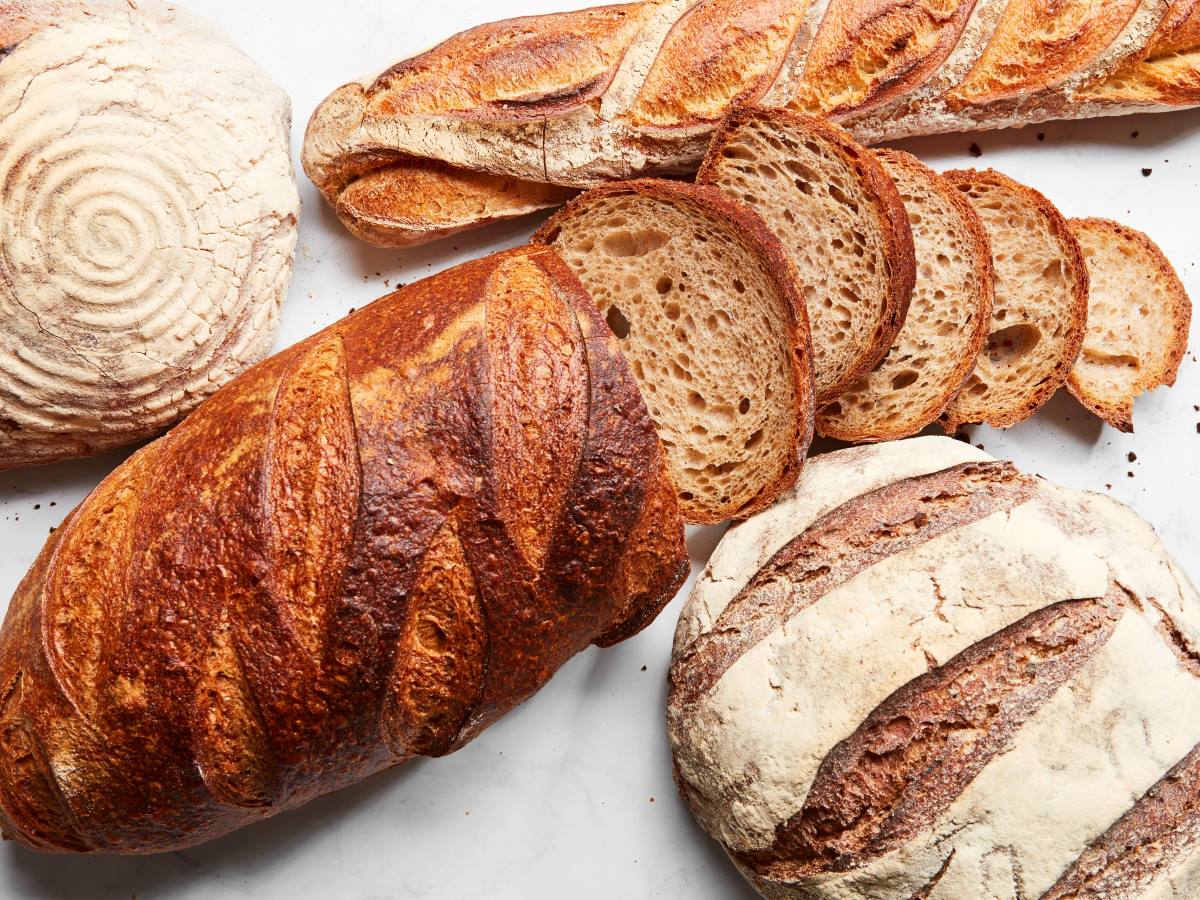
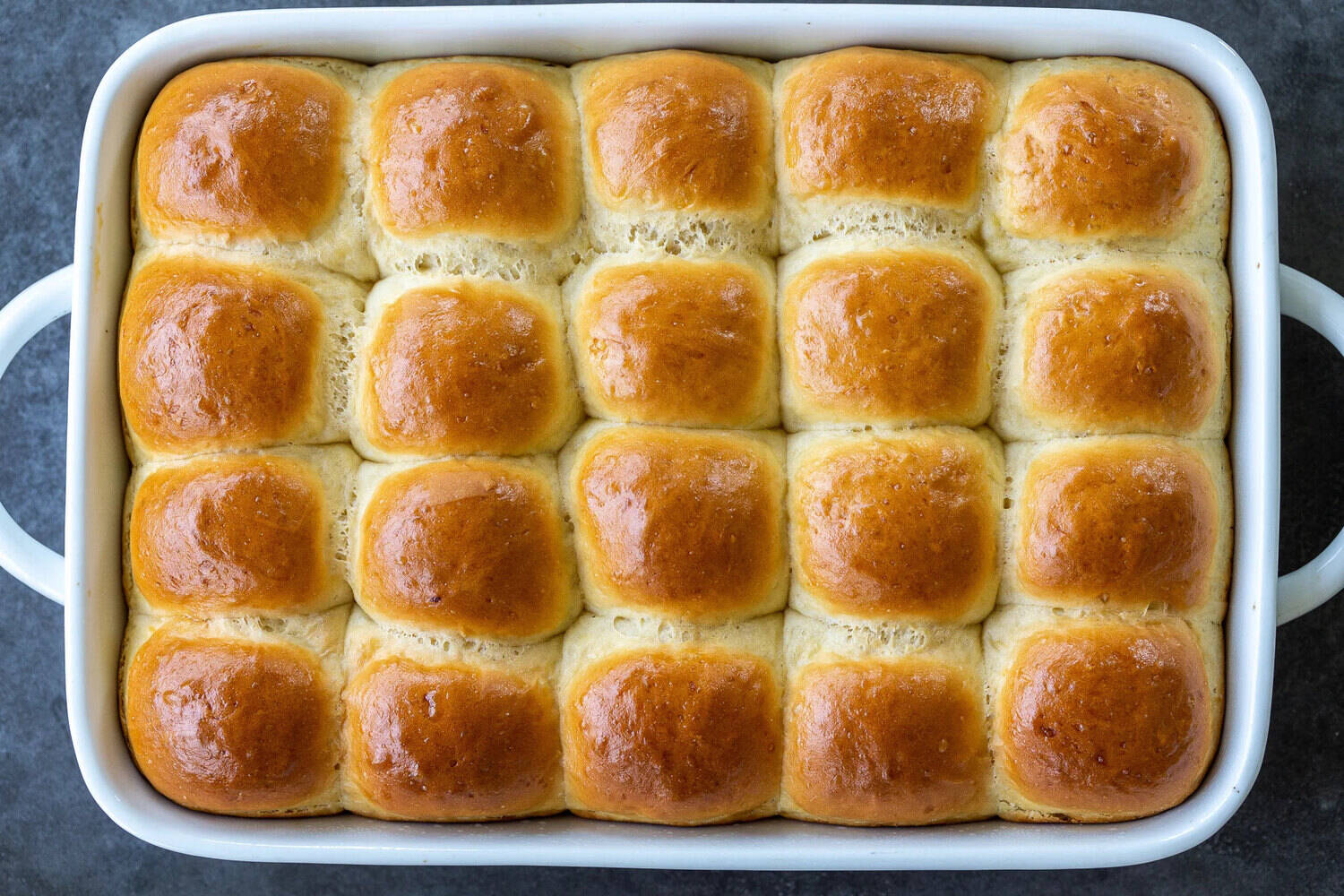

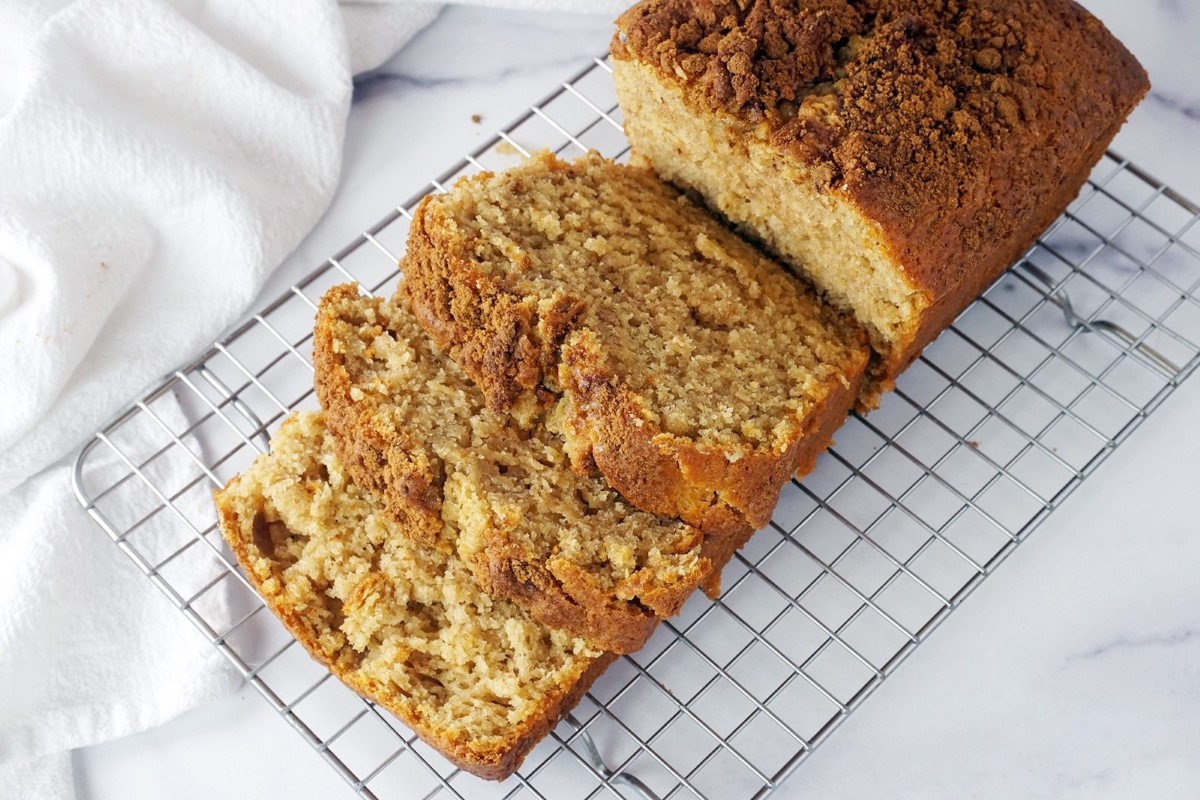
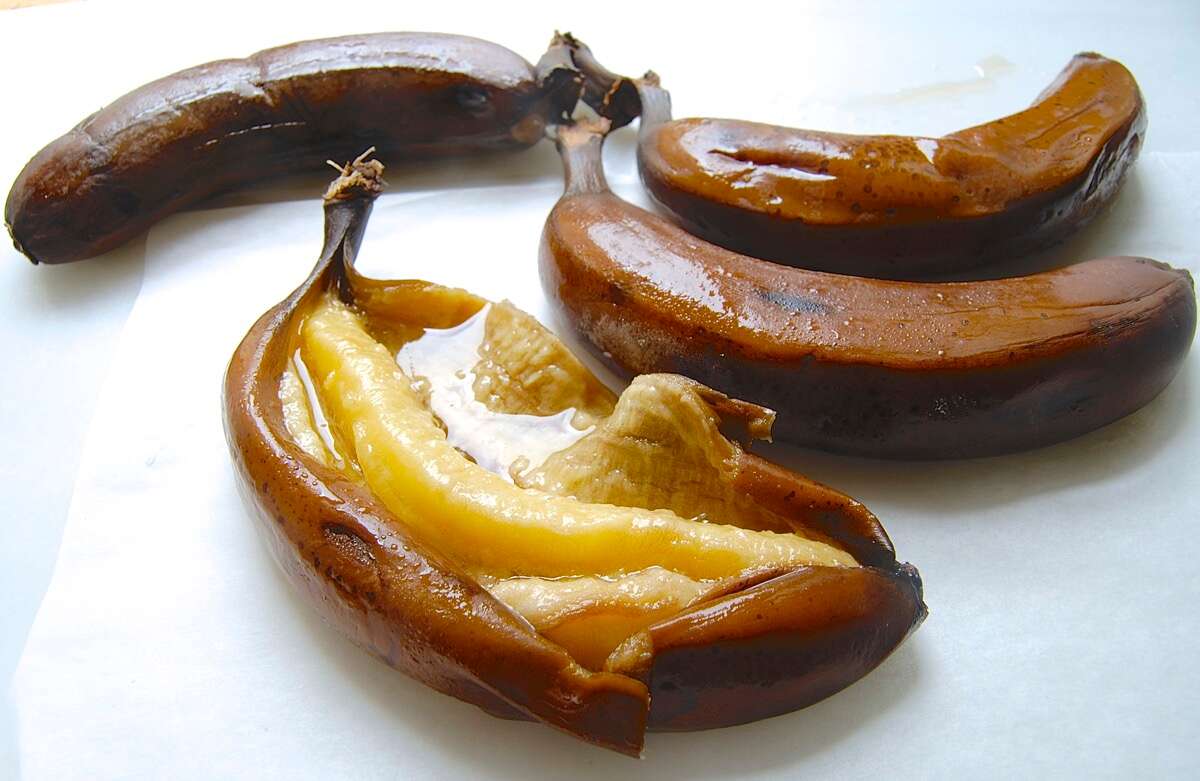
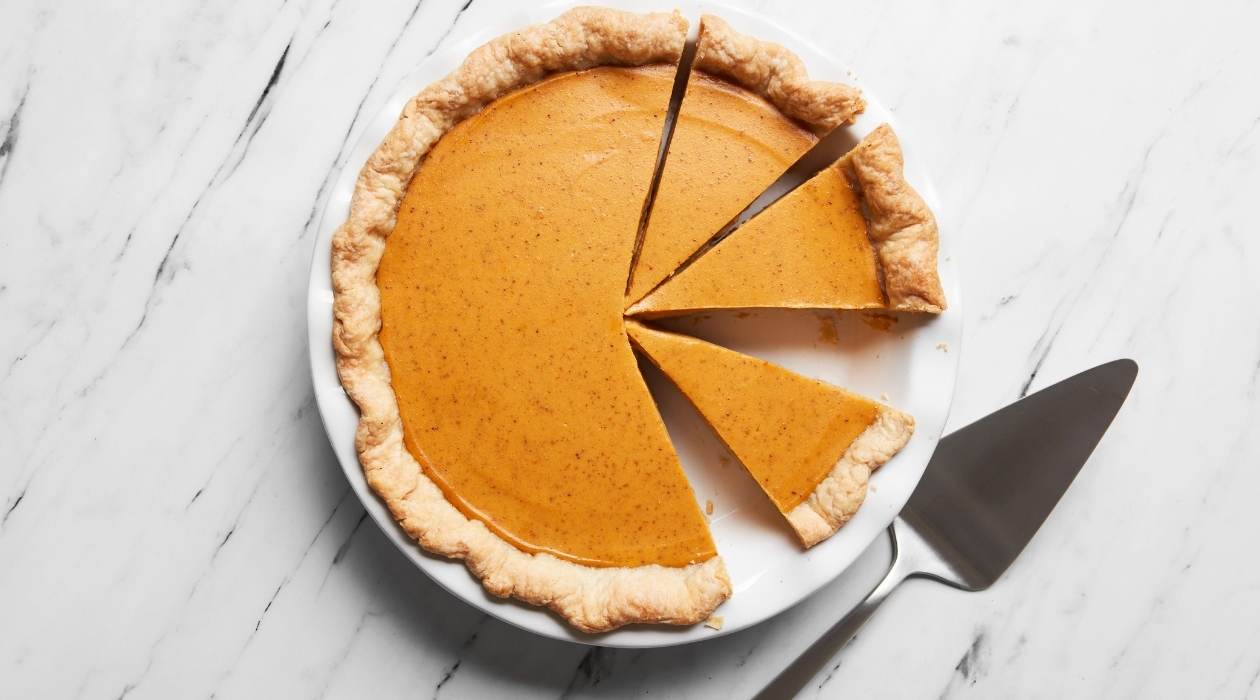

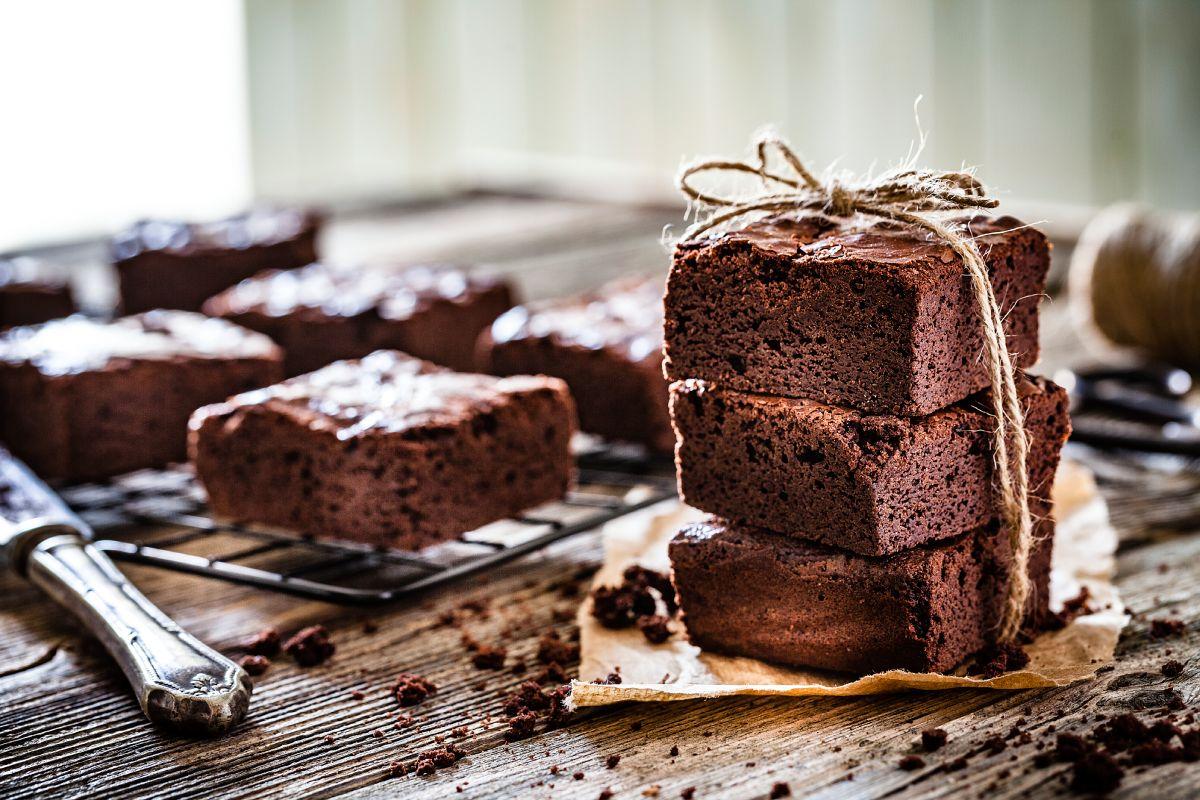
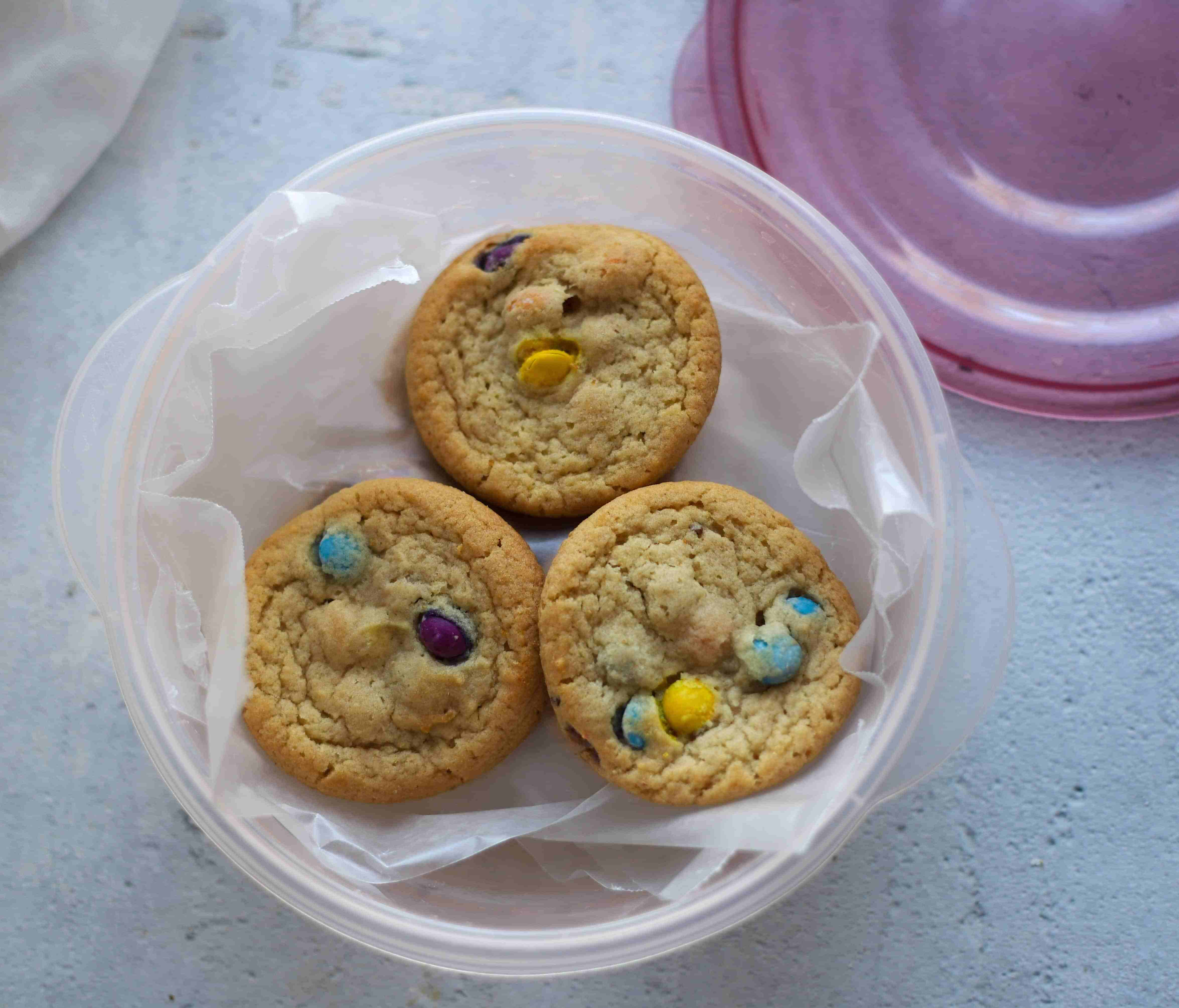

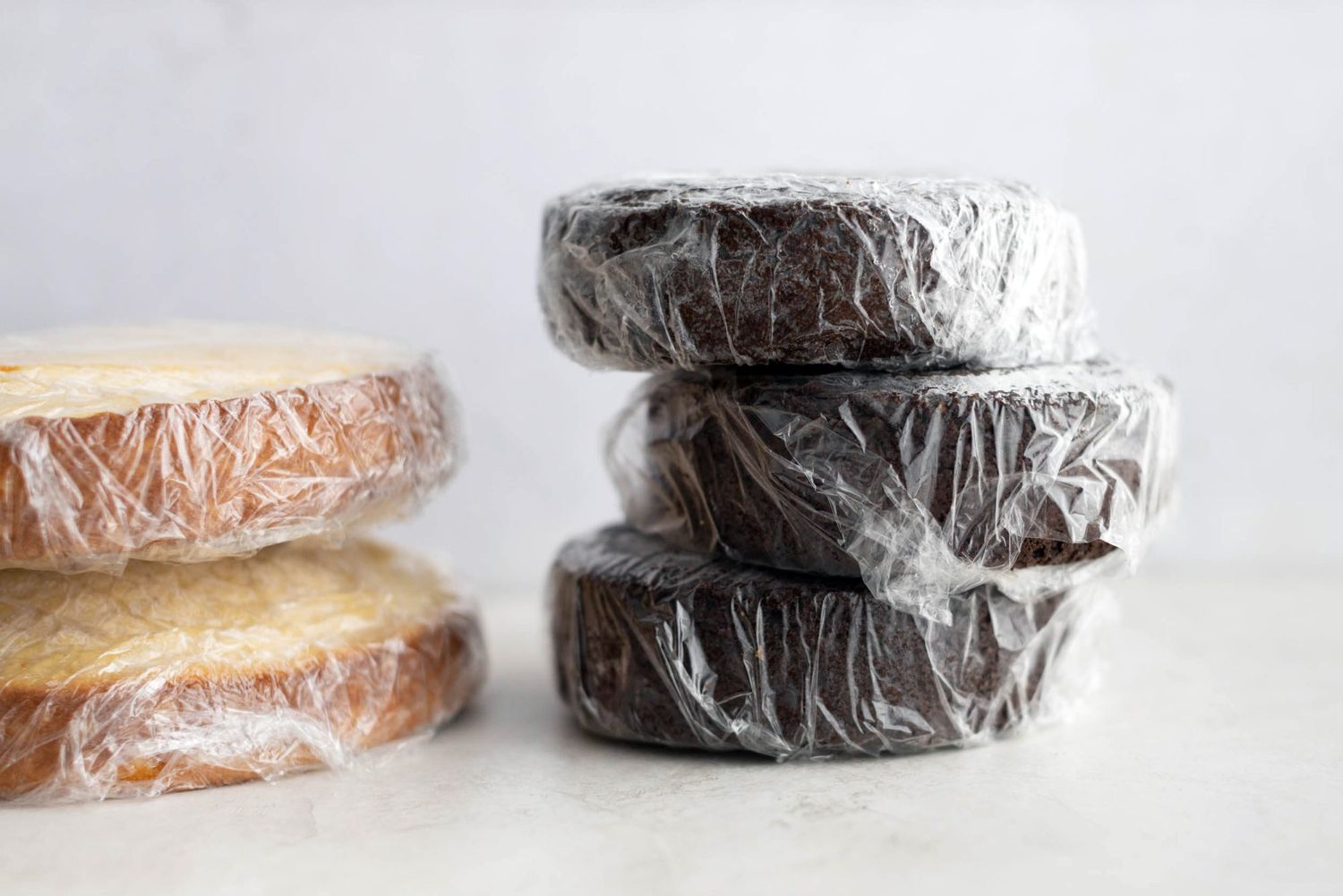
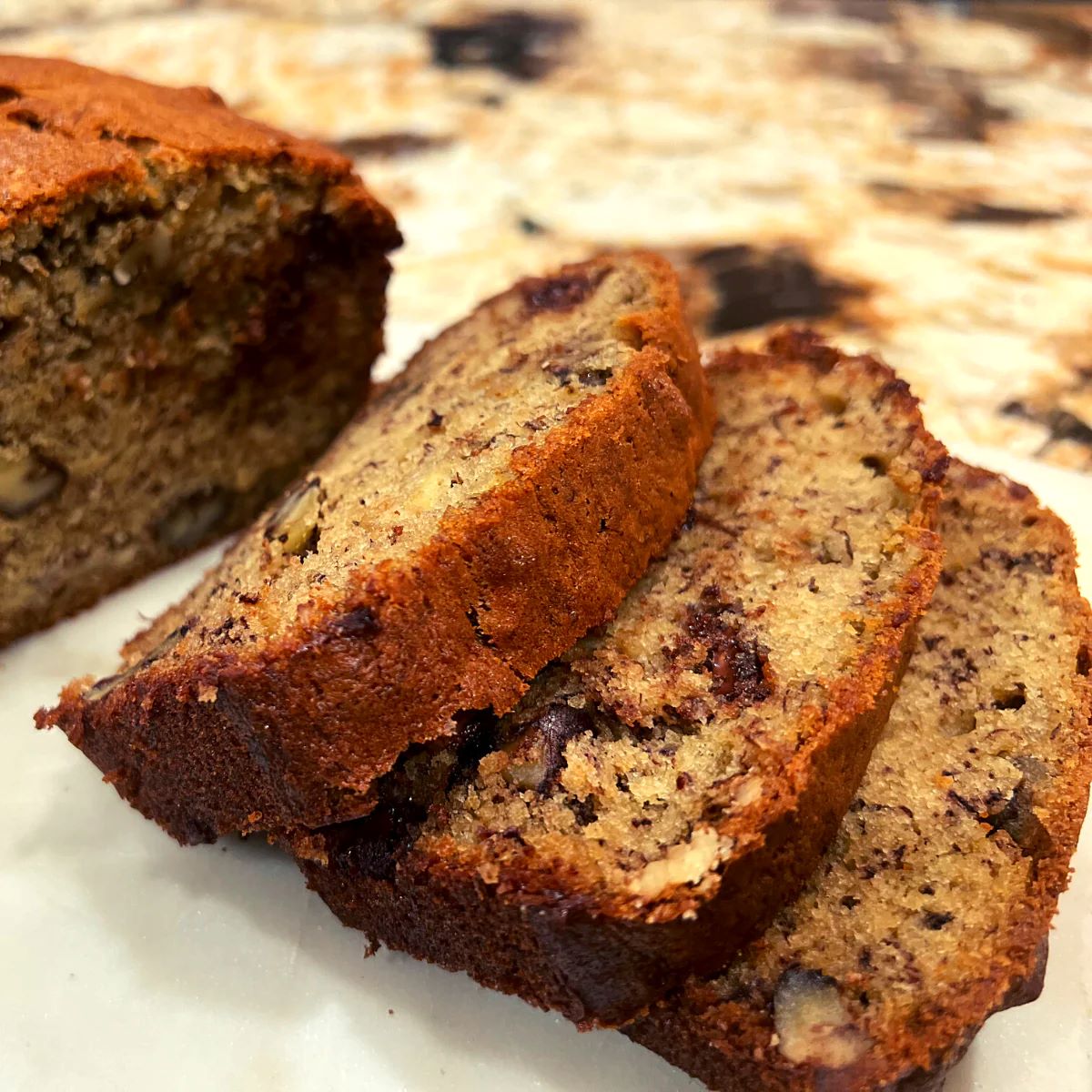
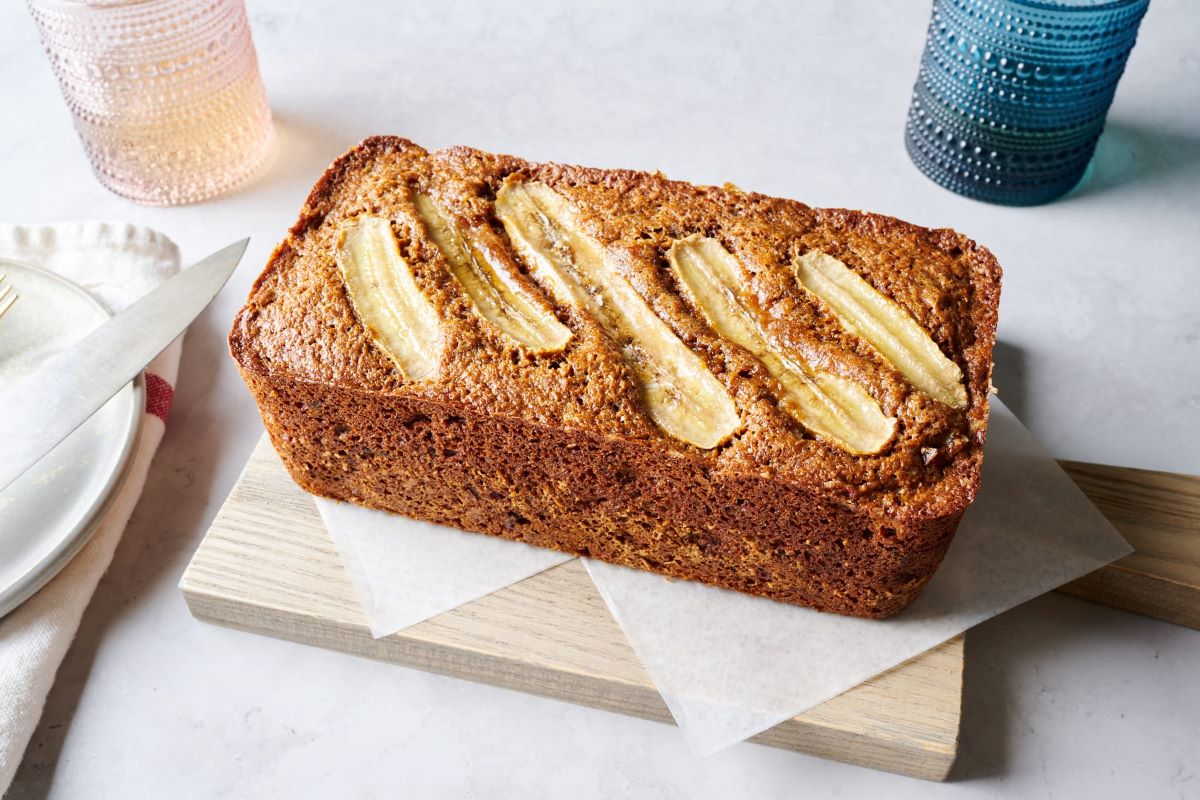
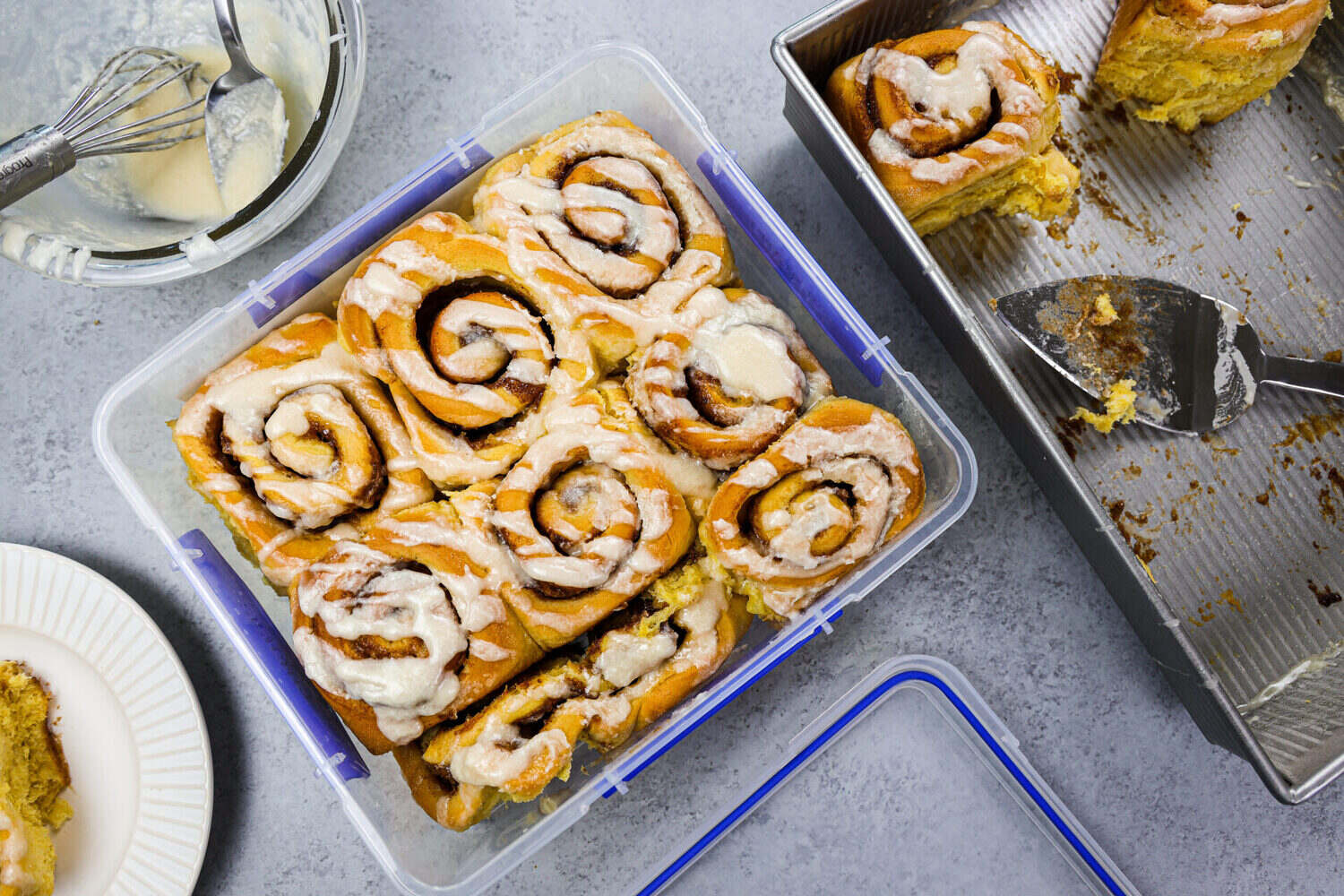

0 thoughts on “How To Store Banana Bread After Baking”